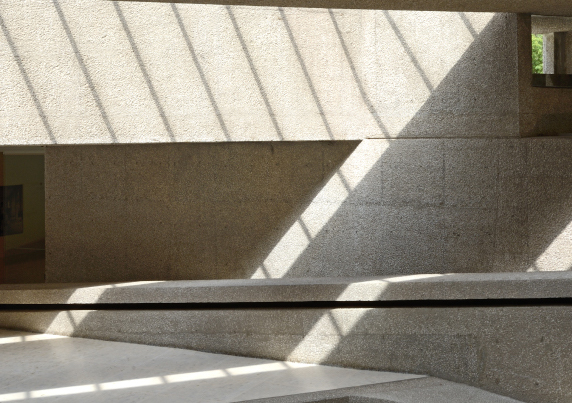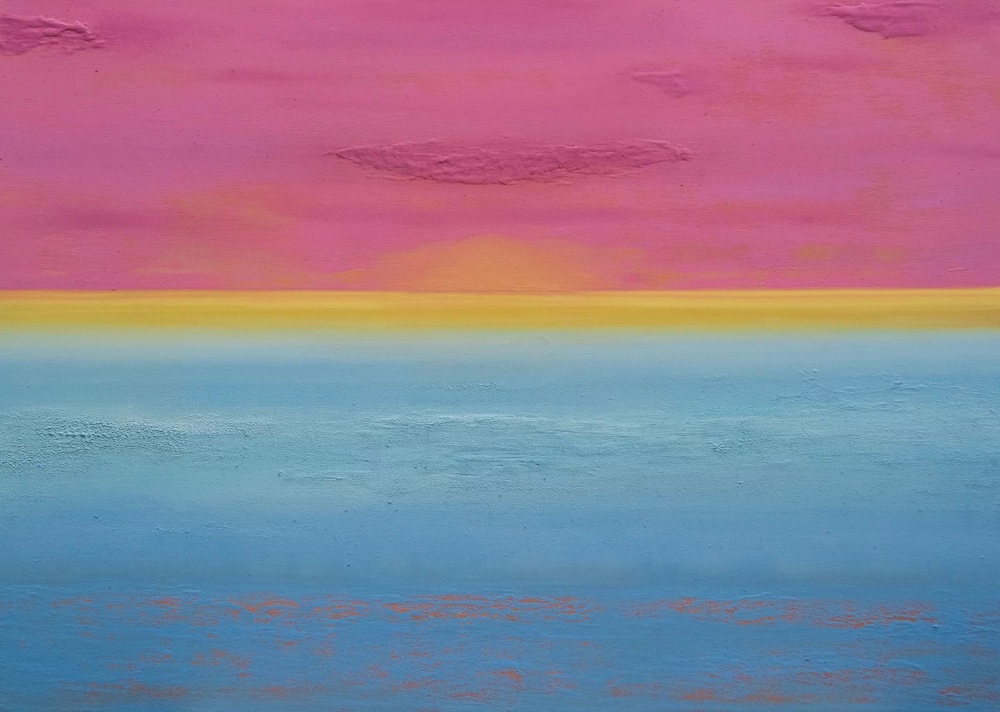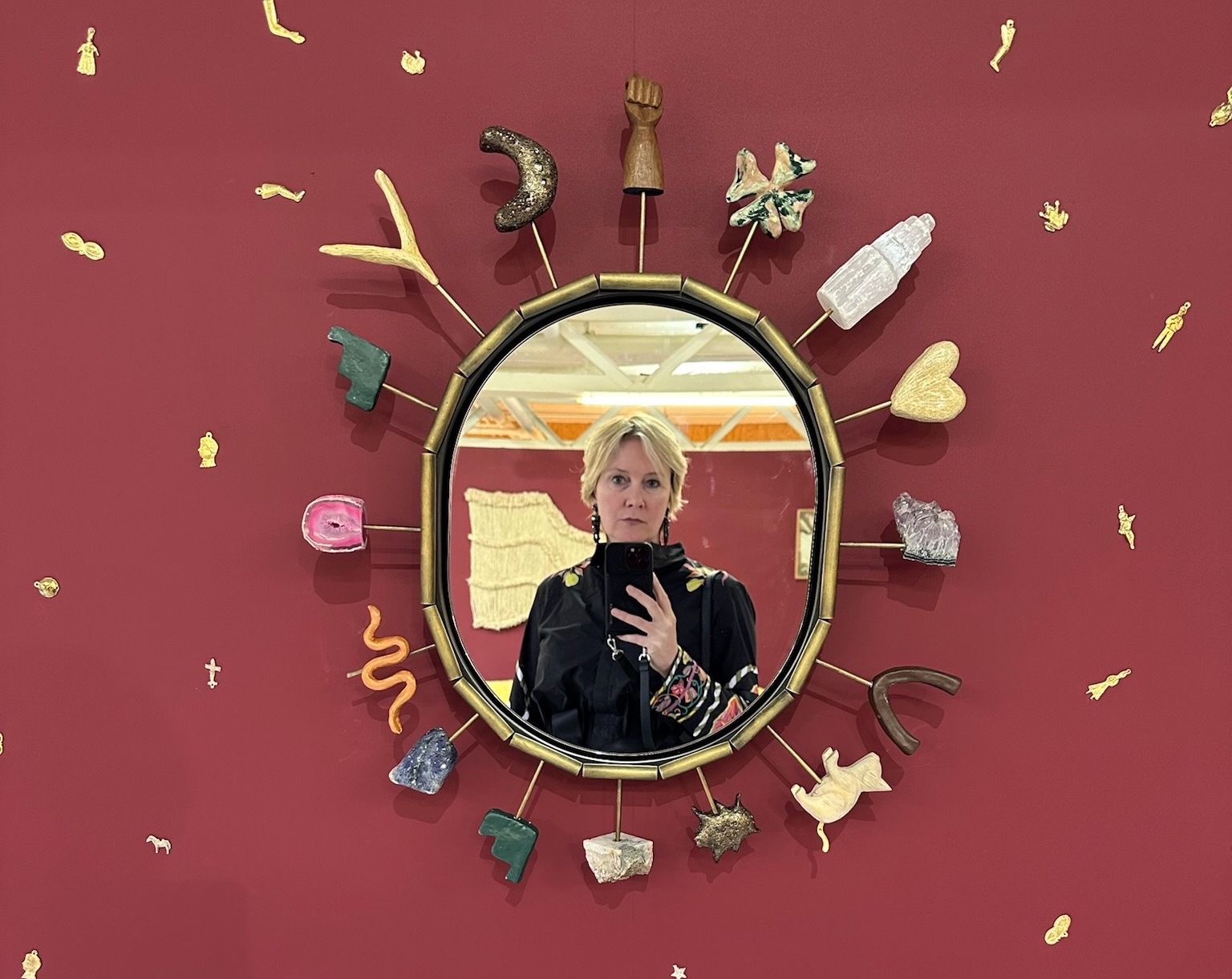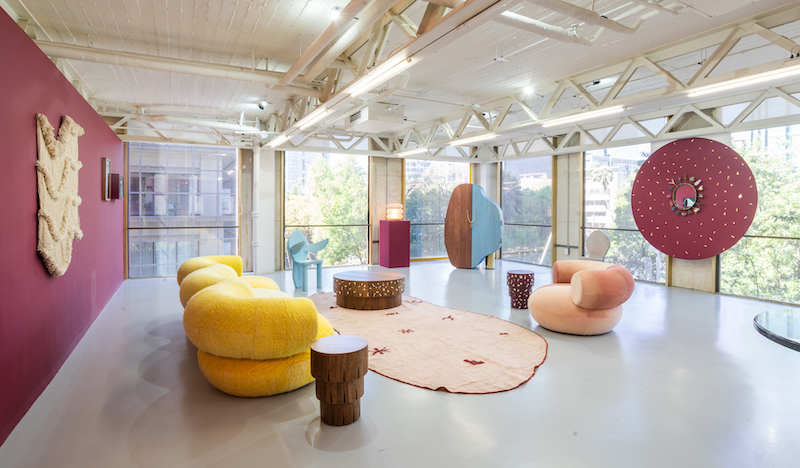When we first crossed paths with Mexican curator Humberto Moro, it was a rainy day in New York. We were discussing art, travel, and unusual experiences that the combination brings. At the time, we were chatting about the British artist Mark Wallinger’s Sleeper work, noting the unassuming nature of seeing a human dressed as a bear at random. As Moro began to recall his conversation with the artist, his eyes lit up; he craned his neck back and howled a sincere laugh. He was genuinely excited about stories like these.
When we caught back up with Moro last October, it was down south at the Savannah College of Art and Design. He was the curator there, organizing “Frederick Douglass: Embers of Freedom” at its museum, welcoming artists, art historians, authors, and students in. As he darted around the packed room, he was all smiles. It was a joy to see him just as excited about an exhibition like this as he was about a jubilant bear dancing in Berlin.
Recently, we noticed his move to Museo Tamayo—a return for the Mexico-born curator that deems to be more than exciting for both him and the community in Mexico City. Whitewaller spoke with Moro to hear how his journey in the art world has led him back to Mexico, what’s on view at the museum now, and where he likes to spend his time in CDMX.
WHITEWALLER: Can you tell us a bit about your background leading up to your role today?
HUMBERTO MORO: I was born in Guadalajara, México—a city with a huge colonial heritage and influential to artistic movements like Muralism and the Mexican Modern Architecture generation. I double majored in studio arts with a specialty in painting and Mexican pre-Hispanic history. Later on, I founded an artist run space which lasted for four years and it was a fun and experimental initiative, but at the end of the day, an intensive training on all things related to exhibition making.
Afterward, I started collaborating with more established institutions—like the Charpenel Collection, the Coppel Collection, Kurimanzutto gallery, and the Jumex Museum—before moving to New York to pursue a master’s at the Center for Curatorial Studies at Bard College. In more recent years, I have collaborated with different entities—from art fairs to biennales, from universities and residency programs to museums—in many cities of the U.S., and in places like Spain or South Korea.
More recently, I was curator at the SCAD Museum of Art in Savannah, Georgia, which is an incredible university museum—a groundbreaking institution that is bringing an array of international practices to the American South, a much-needed job that is sometimes overlooked.
I recently was appointed as deputy director and senior curator at the Museo Tamayo in Mexico City, where along with director Magalí Arriola, where are regrouping and envisioning the future of this iconic institution within the political and environmental complexities that we live in.
WW: Tell us a bit about Museo Tamayo and your role there.
HM: Museo Tamayo is a sort of place which needs no introduction, is one of the most established museums in the globe and an endless list of the most influential artist of our time have passed through the exhibition rooms. I have such a personal connection to the building because it was probably the first contemporary art museum I ever visited when I was a kid. It is an absolute honor to be part of this new era at the museum and support Magalí’s vision.
We are working around three main horizontal directives—the visibility of marginalized communities, the environmental crisis, and the rights of children—these are affecting all the museum activities from exhibitions to public programs. For example, I recently kickstarted a year-long educational program titled “Possible Futures” with a seminary by Austrian philosopher Armen Avanessian. This program will bring to our public, a unique opportunity to interact with contemporary thinkers and cultural producers which have a very relevant, and sometimes even urgent, conception of the world and its challenges.
WW: Can you walk us through the upcoming show with Stephen Prina?
HM: “English for Foreigners” is a deeply personal exhibition, where Prina speaks about his father and the process in which he decided to flee Italy in the midst of fascism in 1923, and emigrate to the U.S. Prina takes as a main motif of the show the book “Second Book in English for Foreigners in Evening Schools” by Frederick Houghton, a book that Prina’s father used to learn English upon his arrival to the US—this book was pursuing the conversion of the immigrant into a model citizen.
This show is relevant in every way—not only for the obvious reasons about the crisis of migration that we are witnessing almost in every continent, but because it poses very interesting questions about the ways in which these kinds of civic indoctrination processes are still happening through different mediums. The exhibition includes drawings, prints, sound and video pieces as well as some objects.
This is an incredible exhibition which we hope awakens many questions in our public in terms of the relationship between the personal and the political. Additionally, Prina is not only an influential artist but also an educator, who has impacted the life of many generations of artists, and it is a privilege to be able to have him in direct contact with our audience.
WW: Are there any particular artists you’ve recently discovered that you’re excited about?
HM: I’m excited about the work Arrogante Albino, a young collective from Guadalajara, which I have been lucky to collaborate with. Their practice lingers between theater, performance, and prop making, and their pieces have a queer depth and an understanding of art history which is really amazing.
I also really like the practice of Melanie McLain, who’s a U.S.-born artist based in Mexico City. She studies the intersection between architecture, design, and choreography, and her pieces have a very new take on what “ergonomic” means.
WW: How would you describe the art community in Mexico City?
HM: The art scene in Mexico City is vibrant and intense. It is a city in which it is still relatively cheap to live and produce, in relation to other big capitals. Many artists from other parts come and stay here, and that has a huge impact on the local community.
There’s also a good number of active galleries, and a very large offer of museums and private initiatives. Someone recently called it the “new Berlin,” and I don’t necessarily agree with this term, but I interpret it as a healthy relation between the underground and the mainstream, where the sharing of ideas and experiences is still more important than social or distribution systems.
WW: Any must-visit spots (like restaurants, bars, shops, parks, museums, galleries, etc.) for those traveling to Mexico City for ZⓈONAMACO?
HM: I encourage folks to go to smaller (or older) institutions like the Sala de Arte Público Siqueiros (SAPS) or the Geology Museum, which is a jewel, rarely visited by the international community. There are independent spaces like Bikini Wax or Salón Silicón that are very interesting, or smaller galleries like Lodos or Karen Huber that have a very interesting program. I love the Mercado de la Ciudadela, which is an artisanry market, and you can’t miss the restaurant Nicos in Azcapotzalco, which is hands down the best Mexican food you can get.









